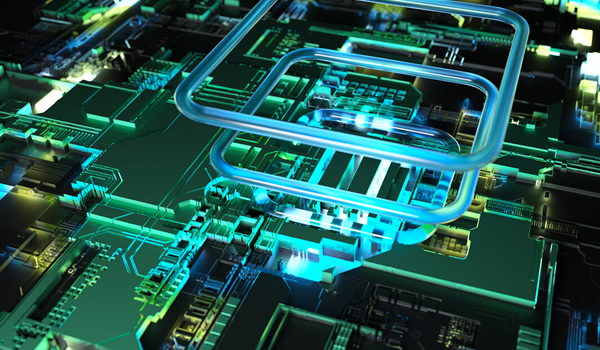
The basic concepts of PCB (Printed Circuit Board) design mainly include the following aspects:
Circuit schematic design: This is the foundation of PCB design, which requires the layout and connection of components and circuits in electronic devices according to certain rules to achieve the expected functional and performance requirements.
Component layout: Based on the circuit schematic, place the components on the PCB and arrange them reasonably according to the circuit connection relationship.
Wiring: Based on the circuit schematic and component layout, connect the components with wires to form a circuit. Wiring needs to consider factors such as the length, width, direction, and bending radius of the wires to meet the requirements of circuit performance and electromagnetic compatibility.
Pad and through-hole design: Pads are metalized holes used to connect component pins and wires, while through-holes are channels for connecting wires between different layers. The design of solder pads and via holes needs to be reasonably designed based on component pins and connection requirements to ensure welding quality and circuit performance.
Layer design: Multilayer PCBs can provide more wiring space and electrical connections, but also increase the complexity of the design. Layer design needs to consider factors such as component layout, wiring requirements, signal integrity, etc., and plan the usage and wiring requirements of different layers reasonably.
Electromagnetic compatibility design: PCB design needs to consider electromagnetic compatibility, including reducing interference, improving signal integrity, and other aspects. Electromagnetic compatibility design can be achieved through reasonable component layout, wiring, grounding design and other measures.
Reliability design: Reliability design is the key to ensuring that PCBs can work stably in various working environments. Reliability design needs to consider factors such as temperature resistance, seismic resistance, and corrosion resistance of components, while ensuring the stability and reliability of the circuit.
The above are the basic concepts of PCB design, and in the actual design process, factors such as production process and manufacturing cost need to be considered to achieve the optimal design effect.


 Service Hotline
Service Hotline
